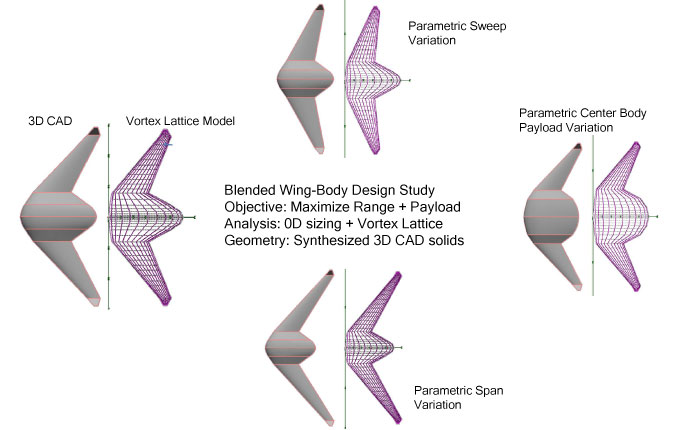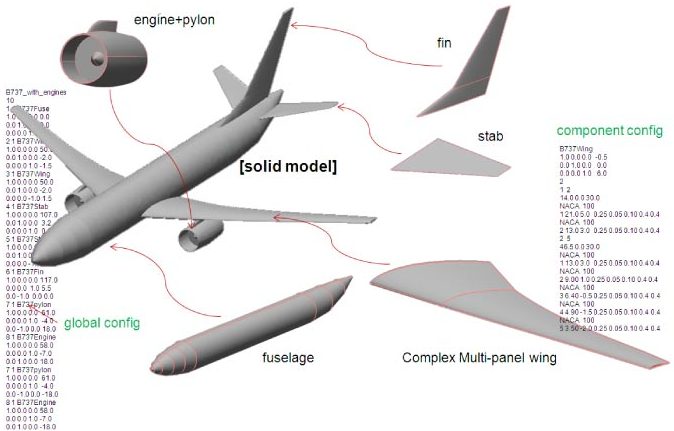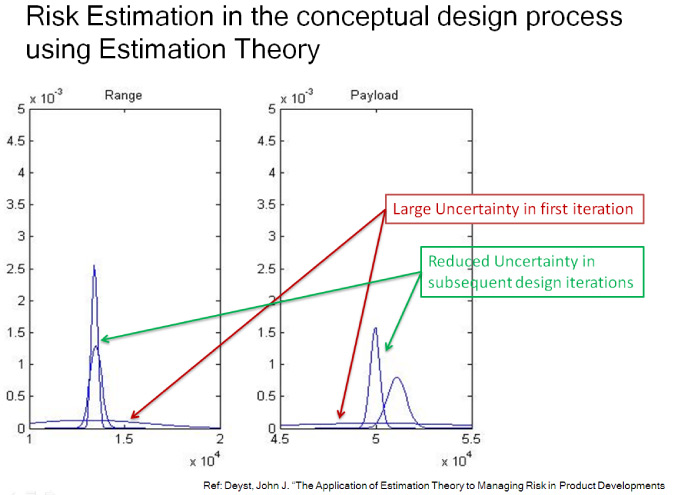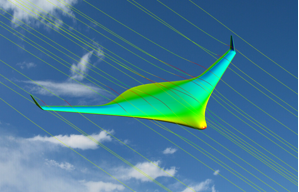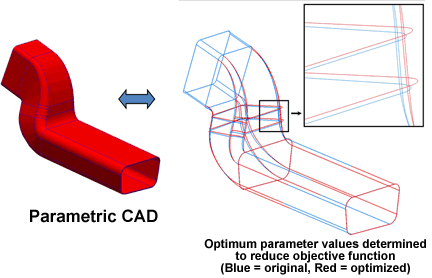In a Phase 1 SBIR, CADNexus with support from NASA Glenn Research Center successfully demonstrated the design tool on a range of conceptual aircraft concepts. The aircraft concepts were synthesized using OpenCASCADE as a geometry kernel. The aircraft concepts were assembled as 3D solid models and appropriate geometric fidelity information was coupled with low and high fidelity analysis tools using our flagship product CAPRI CAE Gateway. Matlab was used as the overall execution and post processing environment. Coupled analysis and design iterations were performed to optimize the concepts. Since the 3D solid model was updated at every design iteration, consistency in geometric data was maintained between the different fidelity analysis tools. In addition, uncertainty analysis was coupled into the design iterations for payload and range objectives, with the notion of estimating the risk in meeting the design objectives.
